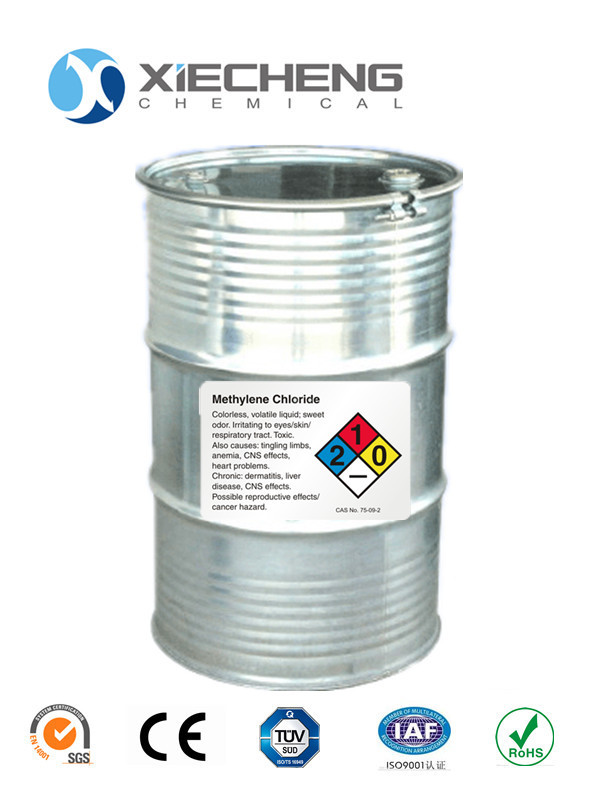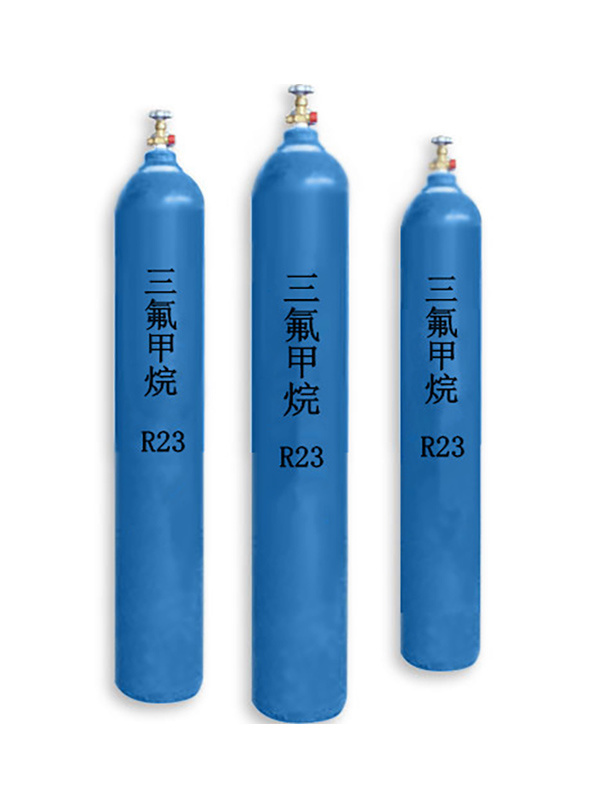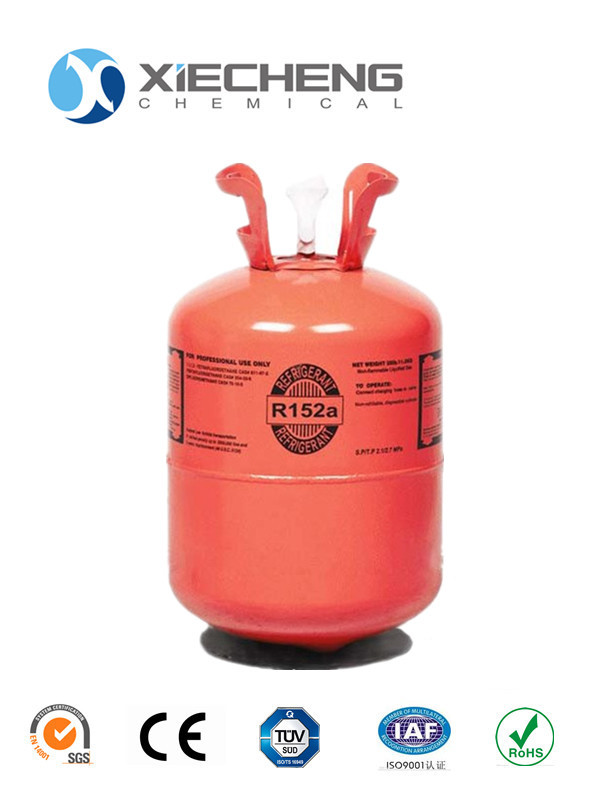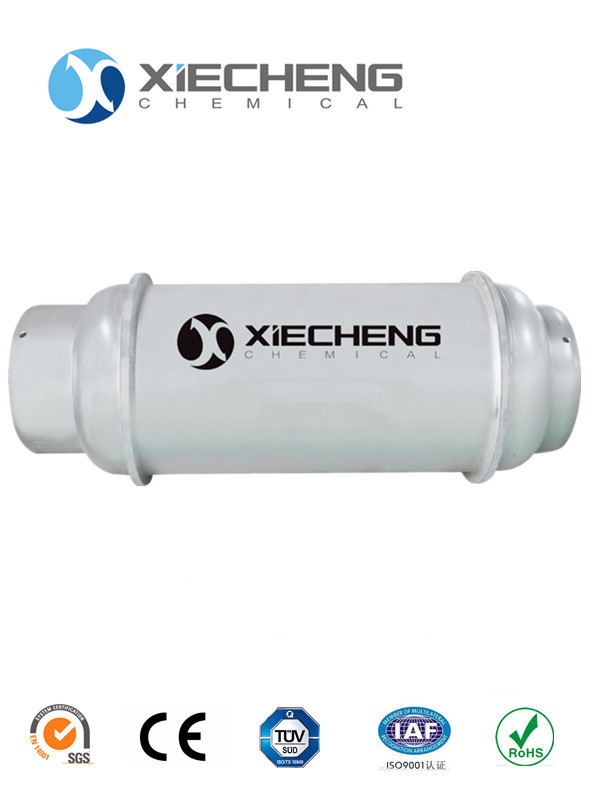
Packaging Specifications: Non-reusable cylinders—13.6kg (30lbs), 22.7kg (50lbs); Reusable cylinders—400L, 800L, 1000L ISO-TANK
Physical Properties
| Molecular Formula | CHCLF2 | ||
| Molecular Weight | 86.47 | ||
| Boiling Point (°C) | -40.8 | ||
| Freezing Point (°C) | -160 | ||
| Liquid Density 30°C (kg/m3) | 1174.2 | ||
| Critical Temperature (°C) | 96.2 | ||
| Critical Pressure (MPa) | 4.99 | ||
| Ozone Depletion Potential (ODP) | 0.034 | ||
| Global Warming Potential (GWP) | 1700 | ||
| ASHRAE Safety Group | A1 (Non-toxic, Non-flammable) | ||
Quality Standard
| Grade | Premium Grade | ||
| Purity | ≥99.80% | ||
| Moisture | ≤0.001% | ||
| Acidity | ≤0.00001% | ||
| Residue on Evaporation | ≤0.01% | ||
| Chloride (Cl-) Test | - | ||
| Appearance | Colorless, Clear | ||
| Odor | Odorless | ||
Main Uses
At room temperature, it is a colorless gas, and under its own pressure, it is a colorless and transparent liquid. It is non-toxic, non-flammable, and has good thermal and chemical stability, and does not corrode metals. It is a low-temperature refrigerant that can achieve a refrigerant temperature of -80°C.
Applications
R-22, as the most widely used medium and low-temperature refrigerant today, is mainly used in household air conditioners, commercial air conditioners, central air conditioners, mobile air conditioners, heat pump water heaters, dehumidifiers, freeze dryers, cold storage, food freezing equipment, marine refrigeration equipment, industrial refrigeration, commercial refrigeration, refrigeration condensing units, supermarket display cabinets, and other refrigeration equipment. Difluoromonochloromethane can also be used as a raw material for the production of polytetrafluoroethylene resin and an intermediate for fire extinguishing agent 1121, as well as a physical blowing agent for polymers (plastics).
Storage and Transportation
R-22 refrigerant cylinders are pressurized containers. During storage, they should be kept away from fire and heat sources, and protected from direct sunlight. They are usually stored in a cool, dry, and well-ventilated warehouse. During handling, they should be loaded and unloaded carefully to prevent damage to the cylinders and valves.
Refrigerant Oil
Refrigerant oils commonly used with R-22 refrigerant include: alkylbenzene synthetic oil AB (Alkybenzene), polyol ester synthetic oil POE (Polyol Ester), and cycloalkane mineral oil MO (Mineral oil), etc.; the type of refrigerant oil used in different equipment and applications should follow the recommendations of the refrigeration compressor and refrigeration (air conditioning) equipment manufacturers, or be determined according to the specific situation of the refrigeration compressor and refrigeration equipment used, that is, select an equivalent refrigerant oil that meets the same design and technical requirements.
Packaging Specifications
Non-reusable cylinders—13.6kg (30lbs), 22.7kg (50lbs)
Reusable cylinders—400L, 800L, 1000L
ISO-TANK
Phase-out Schedule
R-22 belongs to the HCFC class of substances (the second batch of restricted ODS substances Class II Ozone-depleting Substances)—which depletes the ozone layer and has a greenhouse effect. Therefore, in developed countries (EU, Japan, USA), its initial installation in new air conditioners and refrigeration equipment has been stopped. The State Council of the People's Republic of China Order (No. 573): "Regulations on the Management of Ozone-Depleting Substances" was passed at the 104th Executive Meeting of the State Council on March 24, 2010, and came into effect on June 1, 2010. According to the latest amendments to the Montreal Protocol, production and use were frozen in 2013 at the average level of 2009 and 2010, reduced by 10% in 2015 from the frozen level, reduced by 35% in 2020, reduced by 67.5% in 2025, and completely phased out by 2030, except for maintenance and special purposes.
Keywords

R22
Contact Information
Product Categories
Inquire Now
If you are interested in our products, please leave your email address, and we will contact you as soon as possible, thank you!









